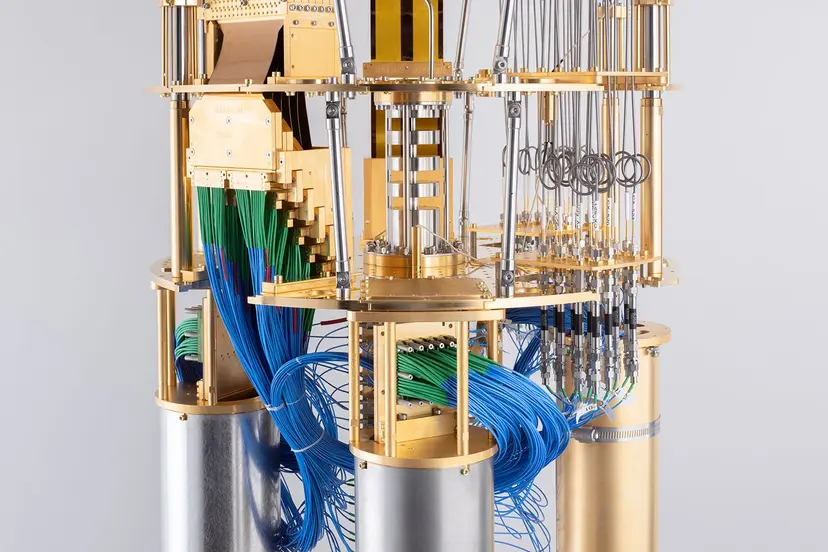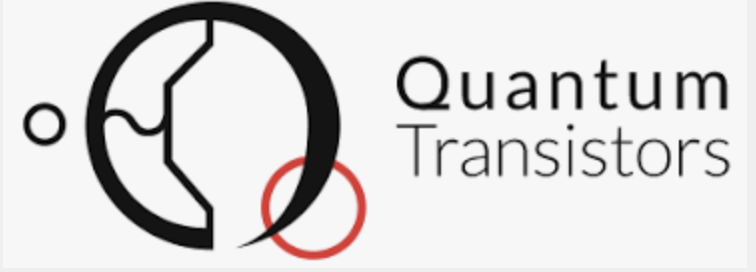Insider Brief
- IBM Quantum and UC Berkeley published findings that suggest that noisy quantum computers can outperform supercomputers at certain tasks.
- The scientists are calling this an advance toward quantum utility.
- Image: The interior view of the cryostat that cools the IBM Quantum Eagle, a utility-scale quantum processor at 127 qubits.
The quantum era may have taken another giant leap.
In a study published in Nature, IBM Quantum and UC Berkeley published findings that suggest that noisy quantum computers can outperform supercomputers at certain tasks. Carefully avoiding terms like “quantum supremacy” or “quantum advantage,” the scientists are saying the experiment is a step toward quantum utility — making quantum computers useful.
In a blog post, the researchers explain that they ran increasingly complex physical simulations on the 127-qubit IBM Quantum Eagle processor while other members of the team attempted the same calculation using state-of-the-art classical approximation methods on supercomputers located at Lawrence Berkeley National Lab and Purdue University.
According to the researchers, Eagle returned accurate answers every time, convincing the team that the quantum computer offered answers more accurate than the classical approximation methods.

“The level of agreement between the quantum and classical computations on such large problems was pretty surprising to me personally,” said IBM Quantum Scientist Andrew Eddins. “Hopefully it’s impressive to everyone.”
In a LinkedIn Post, Dario Gil, IBM Senior Vice President and Director of Research, labeled the achievement a company milestone.
“The IBM Quantum team has achieved a major milestone in the field by demonstrating a simulation of a physical system (specifically, an Ising model) that is more accurate than the best-known classical methods,” writes Gil. “The results, achieved in collaboration with researchers at the University of California, Berkeley, are being published in the scientific journal Nature, gracing its cover. The results illustrate the pioneering capability of IBM’s quantum computers, specifically our 127-qubit IBM Eagle processor, which can now implement novel error mitigation techniques that are broadly applicable to many problems that are of great interest for science and business.”
Hardware and Error-Correction Improvements
The researchers said the results rely heavily on IBM hardware — including advancements in the coherence and calibration of a superconducting processor at such a large scale — and error-correction techniques. Additionally, researchers report in the paper that they demonstrated an ability to characterize and manipulate noise across the extensive device, further enhancing the reliability of the results obtained.
The team also reported that to validate the accuracy of the measured expectation values, the scientists compared them with the output of exactly verifiable circuits. In situations involving strong entanglement, the quantum computer delivered correct results that eluded leading classical approximations, including pure-state-based 1D and 2D tensor network methods.
Quantum Utility
These experimental findings serve as a foundational tool for the realization of near-term quantum applications, according to IBM scientists. The advance paves the way for future advancements in quantum computing, promising potential solutions to complex problems that currently exceed classical computational capabilities.
In the blog post, the team writes: “This work excites us for a lot of reasons. It’s a realistic scenario using currently available IBM Quantum processors to explore meaningful computations and realistic applications before the era of fault tolerance. Beyond just providing a proof of principle demonstration, we are delivering results accurate enough to be useful. The model of computation we explore with this work is a core facet of many algorithms designed for near-term quantum devices. And the sheer size of the circuits — Read more about the progress made in improving the IBM Quantum Eagle processor’s performance over the last two years, here 127 qubits running 60 steps’ worth of quantum gates — are some of the longest, most complex run successfully, yet.
While significant progress has been made, researchers acknowledge that further work is required to enhance the fault tolerance and scalability of quantum processors.
The researcher particularly call out that there is a change that other classical methods and specialized computers could provide accurate answers in the task. However, it opens the way for using quantum for real-world problems.
“We can start to think of quantum computers as a tool for studying problems that would be hard to study otherwise,” said Sarah Sheldon, senior manager, Quantum Theory and Capabilities at IBM Quantum.
For more market insights, check out our latest quantum computing news here.



















